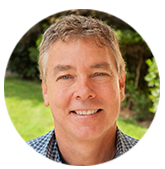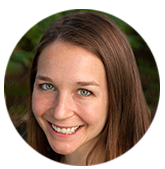
Join us for a discussion about the challenges associated with coating the steep surfaces of aspheric lenses and key considerations to ensure that your lenses function as intended.
We invite you to join this 30-minute webinar presented by Chris Cook, Technical Fellow at Edmund Optics, and Amy Frantz, Optical Design Engineer at Edmund Optics. At the end of this webinar, participants will have a strong understanding of:

Chris Cook is a Technical Fellow working in Edmund Optics’ Barrington, NJ, USA office. He specializes in the design and fabrication of novel optical coating platforms and processes for high precision, high versatility, high LDT, low-stress, and ultrafast turn-around production systems. His experience includes over 10 years at MIT Lincoln Laboratory Quantum Electronics group developing coatings for advanced solid-state and semiconductor lasers as well as MOEMs devices. He continued working in MOEMS device development as director of coatings development at AXSUN Technologies where he is credited for developing in-situ-stress-controlled coating techniques and bringing processes into production for telecom channel monitors and OCT (swept source) lasers. He received his MSEE in Electro Optical Engineering from Tufts University and his BS in Physics from Sonoma State University.

Amy Frantz is an Optical Design Engineer working in Edmund Optics’ Barrington, NJ, USA office. She designs a wide variety of optical components, evaluates manufacturing tolerances, and tolerances optical systems for as-built yield predictions. Amy spent nearly three years optimizing EO’s aspheric lens manufacturing and metrology procedures while investigating different manufacturing techniques. A focus on process improvement and training helped increase both capacity and efficiency in asphere manufacturing. Amy received her Bachelor’s degree from Juniata College in Physics and German, and her Master’s degree in Optics from the University of Rochester.
or view regional numbers
QUOTE TOOL
enter stock numbers to begin
Copyright 2023, Edmund Optics Inc., 101 East Gloucester Pike, Barrington, NJ 08007-1380 USA
California Consumer Privacy Act (CCPA): Do Not Sell or Share My Personal Information
California Transparency in Supply Chains Act